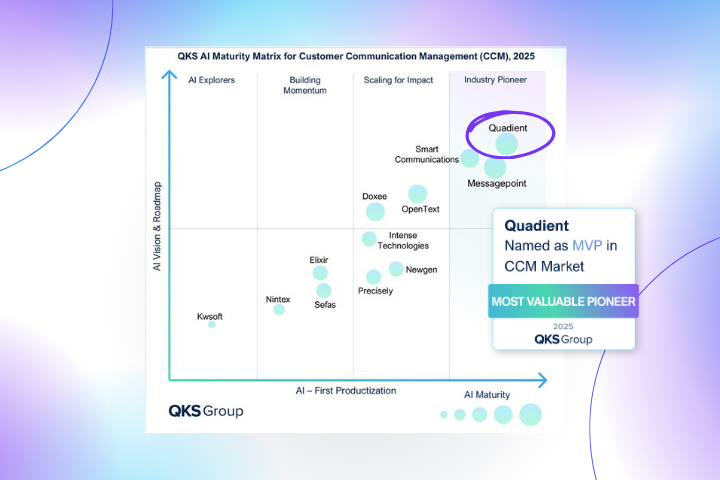
A customer may take a "deduction" when paying an invoice, resulting in a short pay, for a variety of reasons. Some of the reasons include erroneous charges, packaging errors, incorrect shipping methods, discounts taken out of term, or tax exemptions.
The customer usually takes the deduction based on their own business policy and procedures. It is often the hardest type of open item in accounts receivable to resolve because most departments in your company are involved in various degrees - sales, accounting, operations, shipping/logistics, etc. - and it is up to you to prove that the deduction is invalid.
Deductions are critical to pay attention to because they impact your revenue. When customers are only partially paying bills, it can be challenging to forecast revenue, which drives your ability to grow your business, reinvest, and in some situations, pay your bills.
According to the Credit Research Foundation's (CRF) Benchmarking Report, on average, a single deduction costs a company approximately $97 to process, research, validate, dispute and clear. Spending resource time on deductions that are under $100 often costs a company more than the deduction is actually worth.
Industry studies indicate that 5% to 15% of all invoices are affected by deductions, and about 85% of them are merited. This means if your company’s revenue was $100 million, you would have $10 million (averaged) in deductions. Of that amount, 85% or $8.5 million, would be permitted and $1.5 million would be considered unauthorized. Significant staff time is required to investigate the claims and bill back that $1.5M differences to customers.
In addition to the time spent by your own AR team, customers are frustrated by incorrect invoices and the time it takes their own teams to handle the negotiations. A poor deductions management process can severely impact customer satisfaction.
How to identify and quantify your deduction problem
- Understand the sources: whether you have only manual processes or an automated system available to you, it's important to identify when and why your customers are taking deductions. Research and group the deductions by type and frequency.
- Quantify the impact: After you have identified and accounted for the deductions, you should quantify the deductions by type, by customer and by dollar amount. Knowing the financial impact of each deduction will help you prioritize and determine the next steps.
- Prioritize your options: After you have clearly identified the deduction types and quantified the problem, analyze the deductions versus percent of sales for the entire company, versus percent of sales per customer, and against the previous year to identify trends and prioritize by customer or priority types of deductions.
- Plan and implement changes to your deduction management process. Once you can see where the biggest impact is on your business, you can evaluate your current deduction management processes and identify where you need to make adjustments and improve procedures to have the most impact in the shortest amount of time.
- Benchmark your current state: Note your business’ current state, and benchmark your deductions against your industry. This will help you manage your progress towards minimizing the impact of deductions on your cash flow, as well as give you a sense of progress as you continue to grow.
Deductions are a business issue, not just an AR challenge
The variety of reasons that customers have for taking deductions range across multiple departments: it could be a sales conversation that was not properly reflected in the contract, an incorrect invoice amount, the shipping of the wrong product or damage to a product, or even the timing of a shipment’s arrival, that can all cause debate and cost both buyer and seller revenue.
Deduction management therefore becomes a cross-functional challenge, and one that is important to the organization to ensure efficient operations and a healthy cash flow.
The overall objective of the entire organization in dealing with deductions is to:
- Minimize internal errors and poor decision making
- Swiftly respond to customers with facts and documents which will ensure adjustments are made within a reasonable amount of time
- Secure payment quickly for erroneously taken deductions
- Write-off justified customer claims
All of these objectives move a business towards stronger cross-functional communications as well as tighter bonds with customers, who are quickly taken care of in what can be a sensitive process.
Automation and deduction management
When you consider that it takes an average of 90 days to resolve a deduction, and only 60% of invalid deductions are actually recovered, the idea of automated deduction management makes sense. The time, energy and money that can be saved through automating communications, and leveraging a smart platform that pulls together various data sources so that deductions are easy to research, means shortening the time it takes to resolve a deduction question and increasing the revenue that comes into the business. And this all translates into a healthier business and happier customers.








